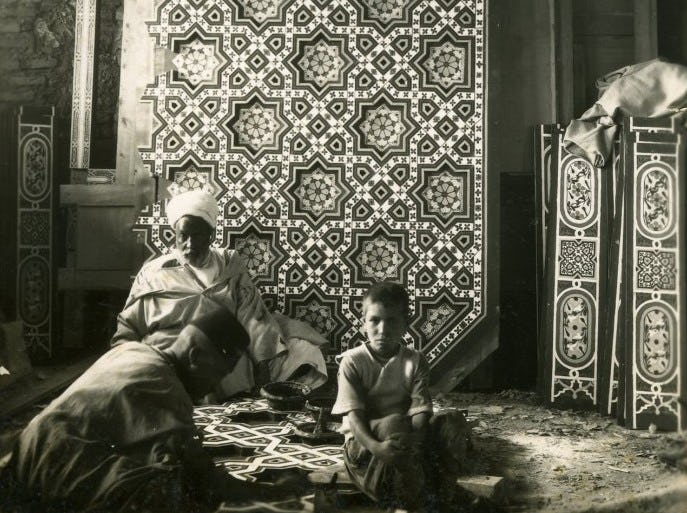Gold and Gem-Set Carved Ivory Figurine of a Nobleman with Flowers in Hennaed Hands
Date19th century
MediumIvory, pigments, gold
DimensionsOverall: 7 1/16 x 2 3/16 x 1 13/16 in. (17.9 x 5.6 x 4.6cm)
ClassificationsOrganics
Credit LineCourtesy of the Doris Duke Foundation for Islamic Art
Object number71.2
DescriptionThis figurine of a noblewoman smiles serenely while holding a flower in her right hand. She wears bejeweled ornaments on her forehead and ears, strings of pearls around her neck, bazubands (armbands) on her upper arms and bangles around her wrists. Her hands are ornamented with mehndi, a decoration created from a paste of the dried leaves of a henna plant. She is wrapped in a shawl, pigmented with gold and adorned with floral motifs. Textiles production has a long history in the Indian subcontinent, where indigenous artisans mastered the arts of printing and dying. Under the Mughals kharkhanas, or court workshops, were established to produce textiles, clothing, and embroidery. Fabrics from Mughal India were exported as far as Southeast Asia and Europe, while the finest fabrics were worn by members of the Mughal court.
On View
On viewCollections
19th - 20th century
19th century
c 1790 CE
19th century
19th - 20th century
















